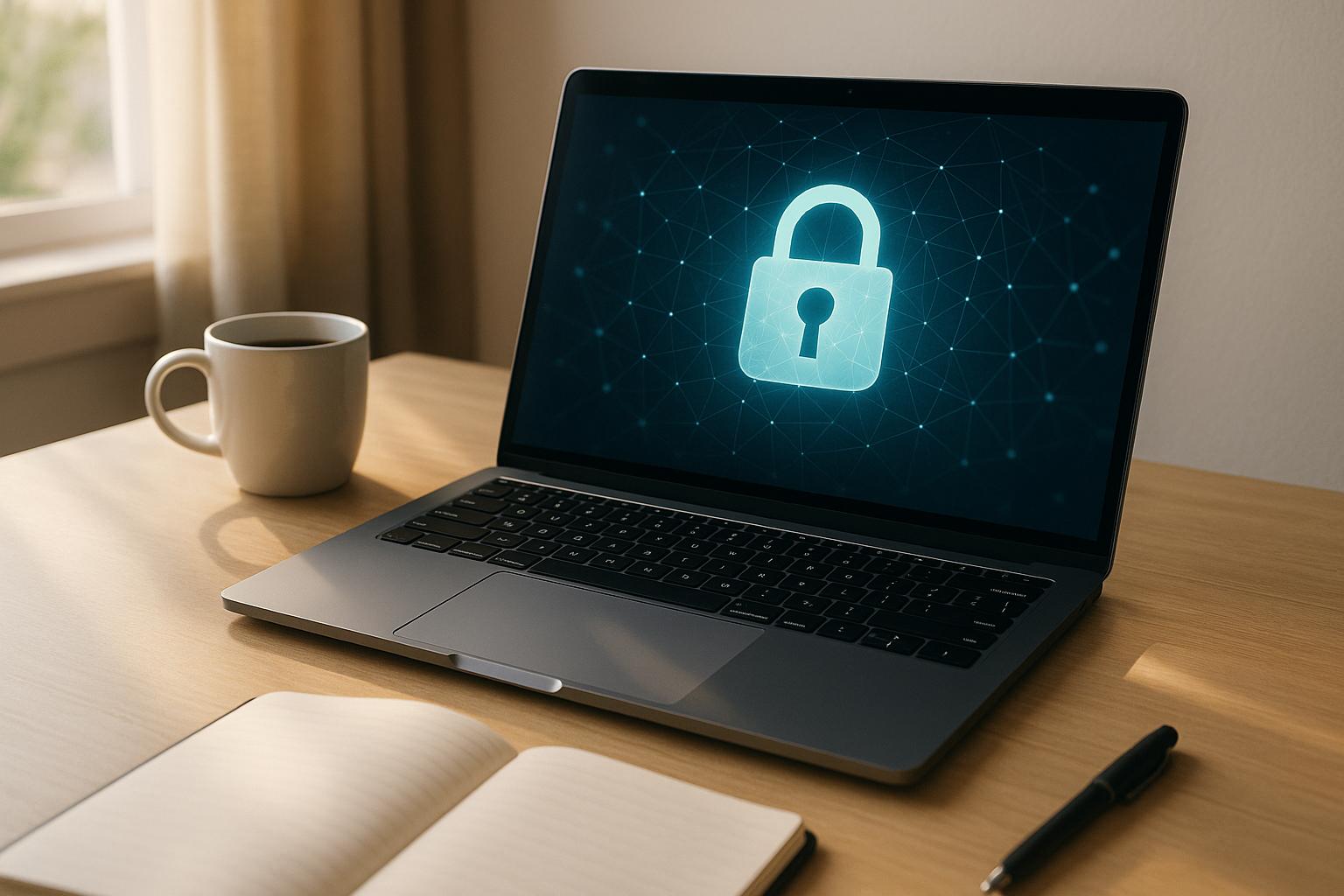markdown:
Stay Safe with a Phishing Email Checker
In today’s digital world, email scams are a constant threat. Whether it’s a fake bank alert or a too-good-to-be-true offer, spotting a fraudulent message can save you from headaches—or worse. That’s where a reliable tool to detect suspicious emails comes in handy. It’s like having a personal guard for your inbox, scanning for warning signs so you don’t have to second-guess every message.
Why Email Security Matters
Cybercriminals often rely on deceptive tactics to trick users into sharing sensitive info. A single click on a malicious link can compromise your data. By using a tool to analyze emails for scam indicators, you’re taking a proactive step. Look for odd sender addresses, urgent demands, or unexpected attachments—these are often dead giveaways. Learning to recognize these red flags, with or without a tool, builds your defense against online fraud.
Protect Yourself Today
Don’t wait for a scam to catch you off guard. Regularly check questionable emails with a dedicated analyzer to stay one step ahead. Pair this with good habits, like avoiding unknown links, and you’ll keep your digital life secure. Safety starts with awareness, and a little caution goes a long way.
FAQs
What makes an email look like a phishing attempt?
Phishing emails often have a few telltale signs. The sender’s domain might be off—think 'paypa1.com' instead of 'paypal.com.' They might push urgency with phrases like 'Act now!' or 'Your account is locked!' to rush you into clicking something shady. Unsolicited links or attachments are another big clue. Our tool checks for these patterns and gives you a heads-up if something’s fishy.
How accurate is the phishing likelihood score?
Our score is a helpful guide, not a final verdict. It’s based on common phishing indicators like weird sender domains, urgent wording, and unexpected links, each weighted equally. While it’s a solid starting point, always trust your gut too—if an email feels off, don’t click anything, even if the score seems low. Use our explanation of red flags to learn what to watch for.
Can I trust every email with a low phishing score?
Not necessarily. A low score means we didn’t spot obvious phishing signs based on what you entered, but scammers are crafty. They might use tactics our tool can’t catch without deeper context. Always double-check unfamiliar senders, hover over links (don’t click!) to see where they lead, and keep your personal info safe, no matter the score.


